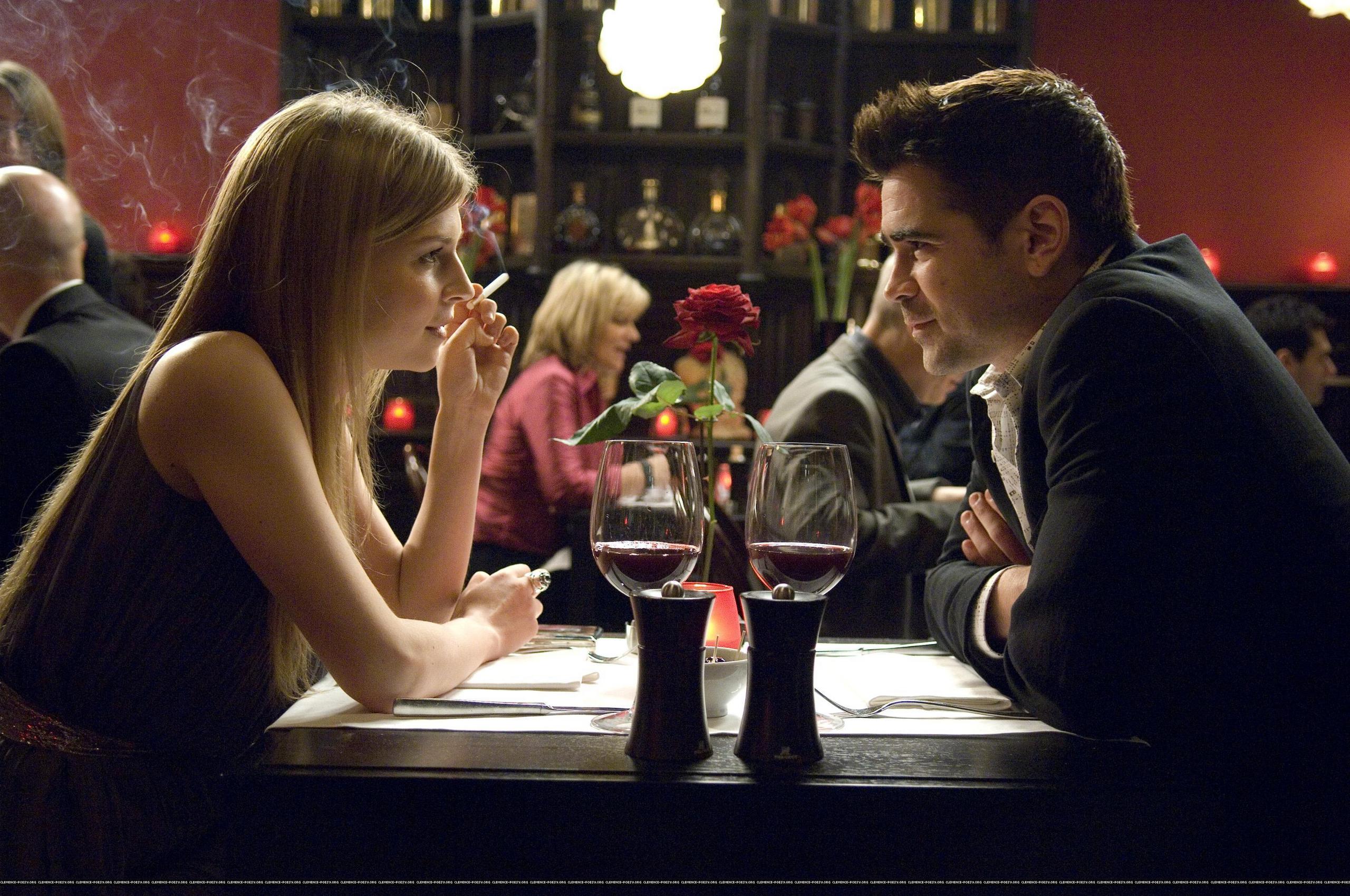If anything, this reading (Experimental Film) reminded me of how badly I need to watch Koyaanisqatsi.
Experimental film is something of a delight to filmmakers, built upon a certain freedom of expression unobtainable in traditional cinema. Modern auteurs such as Terrence Malick have taken strides in uncovering the potential of the experimental and been able to express the most omnipresent of emotions and ideas within a single 2 hour period; from the universal scope of The Tree of Life (2011) to a more personal and contemplative To The Wonder (2013), Malick presents his films with little to no real dialogue, an unforgiving and undoubtedly poetic visual journey which truly explores the heart of cinema itself.
As suggested in the reading, experimental films can sometimes be misconstrued by a wider, public audience. Some more so based on their accessibility to the mainstream audience and others finding condemnation by those unwilling to take the works at anything more than face value. Terrence Malick’s latest (masterpiece) Knight of Cups (2015) currently holds a 43% on Rotten Tomatoes (take it as you will), yet it sits among the highest rated films on RogerEbert.com (when I saw this film at the cinema, 8 people in a room of maybe 15 walked out. I have never had this happen before).

Similarly, Harmony Korine’s recent avant-garde crime drama Spring Breakers (2013) received polarising reviews on release. Opting for a more mood-driven free-form narrative than the traditional film, and starring Disney cover girls Selena Gomez and Vanessa Hudgens, the film was quickly and controversially dismissed as sexist and as reinforcement for rape culture; on the other side of the argument, many critics saw the film as feminist and empowering for females. As Rolling Stone brilliantly asserts, the film enforces “a kind of girl-power camaraderie that could almost be called feminist”, linked to Korine’s determination to “do the most radical work, but put it out in the most commercial way (…) to infiltrate the mainstream”.
In many ways, the film’s criticism is ironic; a film satirising the superficiality of modern society and today’s generation’s obsession with “highly stylised pop culture media” is dismissed as superficial and attacked for presenting itself as “highly stylised pop culture media”. We can take this as a sign that experimental film is not for everyone, failing to find a home in the hearts of the mainstream audience; but more importantly, experimental film’s powerful effect on those who can come to appreciate its place in the cinematic landscape, its ability to inspire and mesmerise the few who choose to follow its radical and unorthodox methods.

